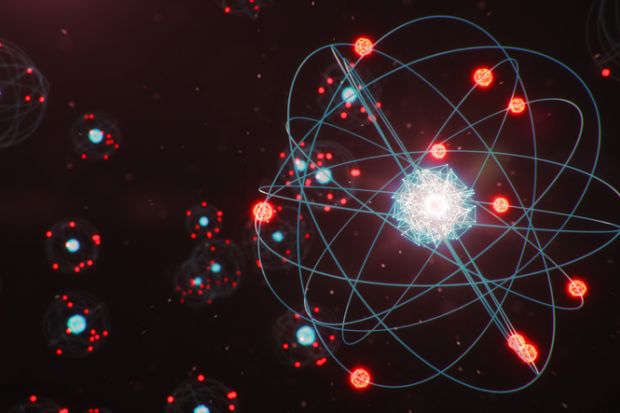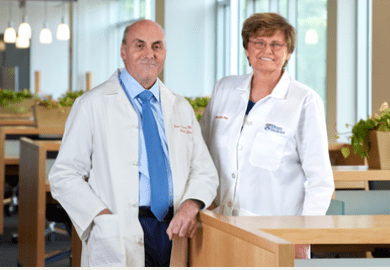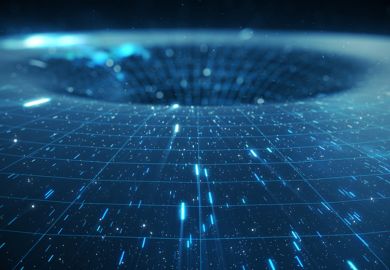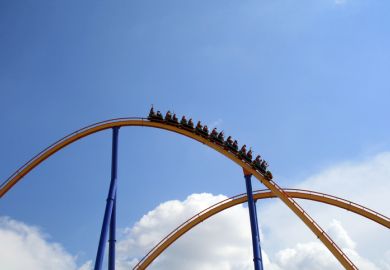Three scientists whose experiments have created tools that enable researchers to explore the world of electrons inside atoms and molecules have been awarded the Nobel Prize in Physics.
French physicists Pierre Agostini and Anne L’Huillier, now based at Ohio State University and Lund University in Sweden respectively, share this year’s award with Hungary’s Ferenc Krausz, who is director at the Max Planck Institute of Quantum Optics and a professor at LMU Munich, in Germany.
Paris-born Professor L’Huillier is only the fifth woman to win the Nobel Prize for Physics – with Marie Curie the first female laureate.
The three European scientists were awarded science’s top prize “for experimental methods that generate attosecond pulses of light for the study of electron dynamics in matter”, the Nobel committee announced on 3 October.
The laureates have “demonstrated a way to create extremely short pulses of light that can be used to measure the rapid processes in which electrons move or change energy,” the prize-giving body said. This technology allowed scientists to capture images of electrons, where changes can occur in a few tenths of an attosecond – a time measurement so short that there are as many in one second as there have been seconds since the birth of the universe.
“The laureates’ experiments have produced pulses of light so short that they are measured in attoseconds, thus demonstrating that these pulses can be used to provide images of processes inside atoms and molecules,” said the Nobel panel, which added that the technology could be used in electronics or to identify molecules within medical diagnostics.
Professor L’Huillier’s discovery in 1987 that many different overtones of light arose when she transmitted infrared laser light through a noble gas laid the foundations for the breakthrough, which she has continued to study.
In 2001, Pierre Agostini succeeded in producing and investigating a series of consecutive light pulses, in which each pulse lasted just 250 attoseconds. At the same time, Ferenc Krausz was working with another type of experiment, one that made it possible to isolate a single light pulse that lasted 650 attoseconds.
“We can now open the door to the world of electrons. Attosecond physics gives us the opportunity to understand mechanisms that are governed by electrons. The next step will be utilising them,” said Eva Olsson, chair of the Nobel committee for physics.
Register to continue
Why register?
- Registration is free and only takes a moment
- Once registered, you can read 3 articles a month
- Sign up for our newsletter
Subscribe
Or subscribe for unlimited access to:
- Unlimited access to news, views, insights & reviews
- Digital editions
- Digital access to THE’s university and college rankings analysis
Already registered or a current subscriber? Login










